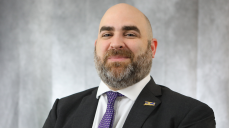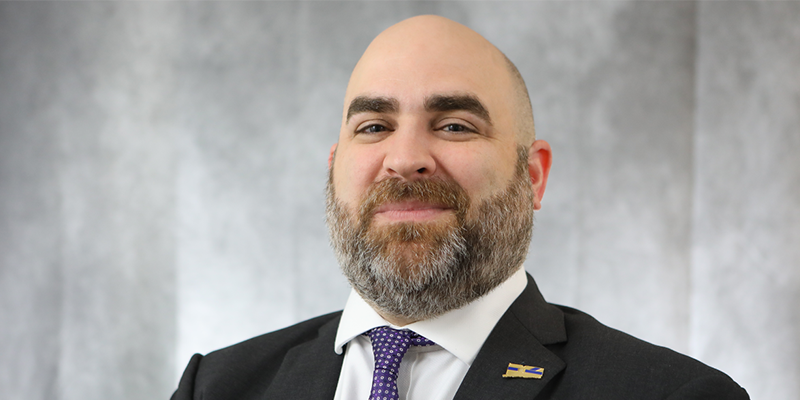Transit on the Move: Commissioner Eucalitto (Part 1)


Transit on the Move is a dynamic, new interview series spotlighting transportation leaders as they share insights and innovations on the road ahead for our evolving transit landscape. Here we have an excerpt from an interview of Commissioner Garrett Eucalitto (CTDOT), conducted by Executive Director of External Affairs Vanessa Brooks.
Vanessa Brooks: Please share with us what initially piqued your interest in the industry and what key experiences shaped your career.
Garrett Eucalitto: I went to college for political science and grad school for foreign policy. I then moved to Washington, DC, where my expertise was in nuclear weapons. I got a job working on Capitol Hill for the United States Senate. A year in Senator Joe Lieberman, my boss at the time, came up to me and said, “We have this (opening) covering appropriations and infrastructure, are you interested? You're from Connecticut, you deal a lot with Connecticut issues.” I thought, ‘I’ll do it. Let me try it out for a little while and see if I like it.’ So, I moved over. I dealt with appropriations, the federal budget, infrastructure, and environmental issues. I loved it, it was just a great opportunity.
VB: In your new role as chair of the American Association of State Highway and Transportation Officials, what strategic initiatives are you most enthusiastic about advancing nationally?
GE: I chose to emphasize and center on safety. Every head of a state Department of Transportation (DOT) says safety is their top priority, and I believe everyone who works in the state DOT agrees that they strive to make things safer every day. But diving deeper into that, how can we make sure (safety) really is at the center of what we do and anchor everything we focus on?
I broke it down into a few different categories. Safer for communities, safer for users, and safer for workers.
We, as Transportation professionals, need to understand these communities. Before we come in and complete a project or impose a solution on them, we need to first go in and talk to (the community). What are the problems that we need to try and solve? Let's come up with some solutions or to discuss with you and see which one rises to the top. It's not just looking at a map or Google Earth and saying, ‘Well, it looks like we should probably just do this.’ We need to get out there and talk to the community.
I grew up in Torrington, Connecticut but there's also a Torrington, Wyoming.
Torrington, Wyoming, is very different from Torrington, CT — we shouldn't just assume it's a one-size-fits-all approach to safety.
The second category is safer for users. Since COVID, the number of people dying on our roadways in Connecticut and nationally has gone up significantly. What can we do to address the behavioral aspects of this issue? There's more drunk driving, there's more speeding, reckless speeding, and we know there's more distractions. What can we do to address that? We can make sure the users of the system are safe through technology investments. However, there are also other measures that can be taken, such as investing in emergency braking systems, collision avoidance technology, and speed cameras on our roadways to encourage drivers to exhibit better behavior behind the wheel.
The last category is safer for workers. This one is personal for me because in June of ‘24 we lost a colleague in a fatal work zone crash. That has been one of my focus areas: to improve the safety of all transportation workers, including roadside workers such as police, DOT workers, and tow truck operators. What can we continue to do to protect the workers of our transit system?
To be continued in part 2!
